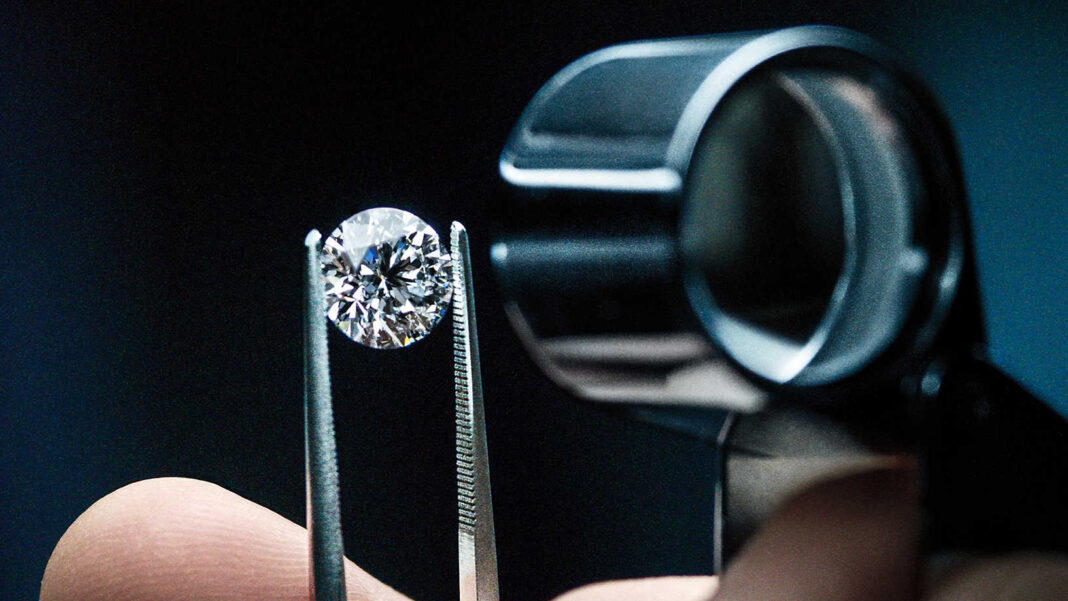Note: This post contains affiliate links, when you purchase a product or service through one of these links we may earn a commission on that sale.
‘A Diamond is Forever’ is a cliché that we have heard over and over, did you know that DeBeers coined it? The Debeers diamond company has ruled the roost – it still holds nearly 30% of the world’s diamond business. However, the last few decades have been tough on the diamond business. As the market hits slump after slump and people have lower and lower shares of disposable income, diamonds are fast becoming something that only the very wealthy can own.
Diamond mining is also fraught with issues both environmental and ethical. Diamond mines can lead to the destruction of ecosystems and expedite soil erosion. Not to mention, mining is back-breaking work that usually falls on disadvantaged people exploited for their labor. Lab-grown diamonds, or synthetic diamonds, address all these problems while maintaining the shine of the original. At the heart of it, diamond is very pure carbon (impurities result in colored diamonds) forged under high temperature and pressure. The diamonds produced in nature take two to three billion years – the lab takes a mere week. Since synthetic diamonds are created in human-controlled conditions, they do not require labor to mining a diamond. This eases the minds of many consumers who have steered away from traditional diamonds due to the deplorable conditions that the miners face on an everyday basis. They also look identical to traditional stones, and even gemologists cannot tell them apart. The only way to tell is to look at their certification and usually their much smaller price tag. Synthetic diamonds can be up to 30% cheaper than their natural counterparts.
Of course, these diamonds are not without their problems. Many jewelers worry that the use of such diamonds will drive the traditionalists and the puritans away. Further, the laboratories claim to be “clean,” and the mines create vast amounts of wastes, but the data for the wastes produced by the laboratories themselves are insufficient. Compressing carbon is an energy-intensive process, and the labs cannot truly call themselves environmentally friendly. Of course, the most environmentally sound way to buy jewelry is still buying it secondhand.
Despite these concerns, the demand for lab-grown diamonds has grown in the past decade, even as the overall demand for jewelry wanes. From Bindi Irwin to Meghan Markle to Emma Watson, celebrities have leaned into this trend, and many leading ladies are now proudly flaunting their lab-grown jewels. It remains to be seen whether such diamonds would take over the market in the coming decade or if an even newer trend sweeps it all up.


